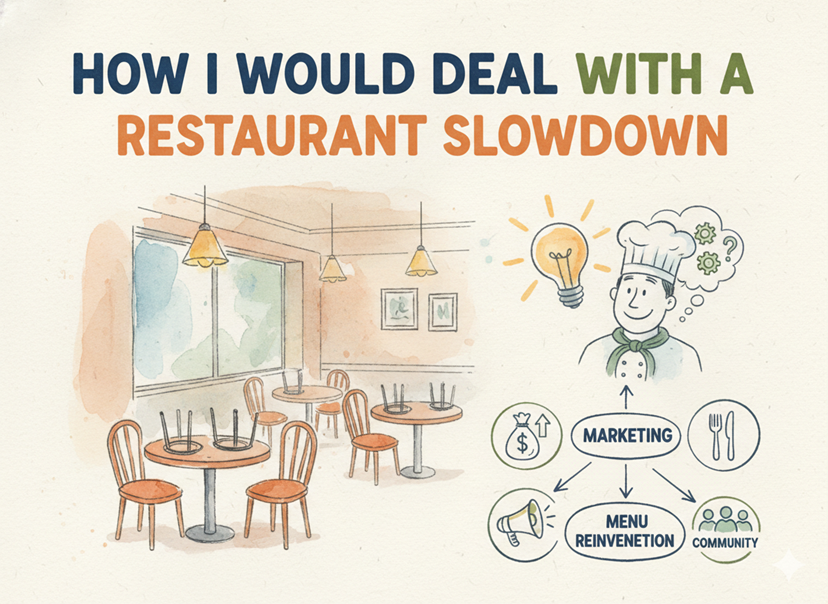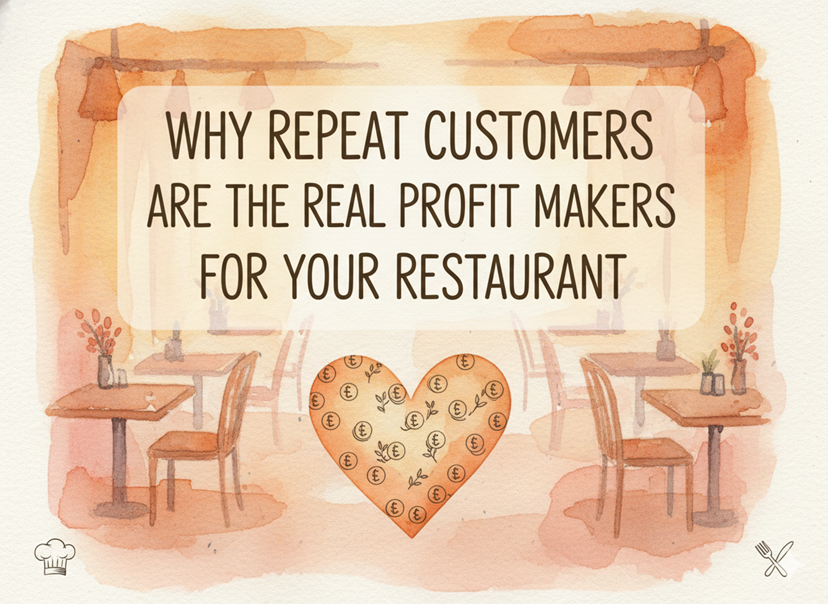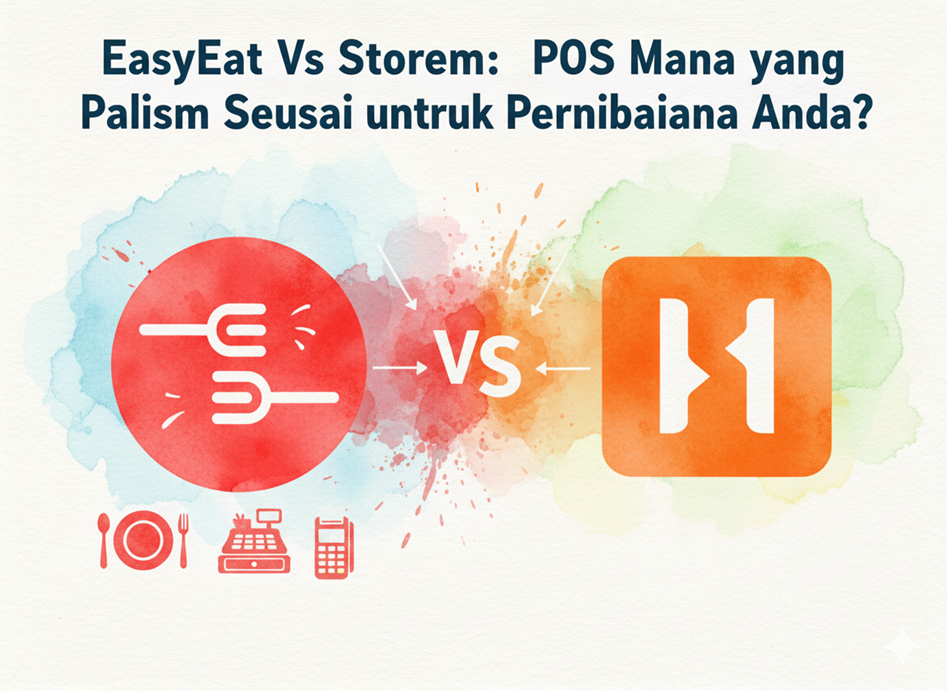In the bustling world of the restaurant industry, success hinges on more than just delicious food and appealing ambiance. It requires strategic planning, innovative thinking, and a deep understanding of your target market. In this comprehensive guide, we delve into the proven strategies that can transform your restaurant into a highly profitable venture. Whether you’re an experienced restaurant owner or a budding entrepreneur, these insights will equip you with the tools you need to thrive in a competitive landscape.
Creating a Unique Value Proposition
A unique value proposition (UVP) is what distinguishes your restaurant from competitors in the market. This could be your specialty cuisine, a distinctive ambiance, exceptional customer service, or any combination of factors that set you apart. It’s essential to identify your UVP and consistently deliver on it to attract and retain customers who resonate with your brand.
Targeting the Right Audience
Understanding your target audience involves conducting thorough market research to gather insights into their demographics, preferences, and behaviors. By knowing who your ideal customers are, you can tailor your offerings, marketing messages, and promotions to resonate with them effectively. This targeted approach maximizes the impact of your efforts and increases the likelihood of attracting and retaining loyal patrons.
Menu Engineering and Pricing Strategies
Menu engineering is a strategic approach to designing your menu layout and pricing to drive profitability. It involves analyzing the performance of menu items based on popularity and profitability, categorizing them accordingly, and making data-driven decisions to optimize the menu mix. Pricing strategies such as bundling, tiered pricing, and daily specials can also influence customer purchasing behavior and enhance profitability.
Optimizing Restaurant Operations
Operational efficiency is critical for reducing costs, improving service quality, and maximizing profitability. This involves streamlining various aspects of restaurant operations, including inventory management, purchasing, kitchen workflow, staffing, and customer service processes. By identifying inefficiencies and implementing solutions to optimize resource utilization and minimize waste, you can enhance overall productivity and profitability.
Implementing Effective Restaurant Marketing Campaigns
Effective marketing campaigns are essential for increasing brand awareness, attracting new customers, and retaining existing ones. A comprehensive marketing plan should encompass both online and offline strategies, including social media marketing, local advertising, email marketing, influencer collaborations, and promotions. By targeting the right audience with compelling messaging and engaging content, you can drive foot traffic and boost sales.
Building Better Restaurant Loyalty Programs
Customer loyalty programs incentivize repeat business and foster long-term relationships with customers. These programs can take various forms, such as points-based rewards, discounts, exclusive promotions, or VIP experiences. By offering tangible benefits and personalized incentives, you can encourage customer loyalty and increase customer lifetime value.
Embracing Technology for Success
Technology plays a crucial role in enhancing operational efficiency, improving the customer experience, and driving profitability. Implementing tools such as online ordering systems, reservation platforms, point-of-sale (POS) systems, and customer relationship management (CRM) software can streamline processes, automate tasks, and provide valuable insights into customer behavior and preferences.
Investing in Staff Training and Development
Well-trained and motivated staff are instrumental in delivering exceptional service and ensuring customer satisfaction. Investing in ongoing training and development programs can enhance employees’ skills, product knowledge, and customer service abilities. By empowering your team to provide memorable dining experiences, you can differentiate your restaurant and build a loyal customer base.
Managing Costs and Controlling Expenses
Effective cost management is essential for maintaining profitability in the restaurant business. This involves regularly reviewing expenses, identifying areas of potential savings, and implementing cost-saving measures without compromising quality. Strategies such as negotiating supplier contracts, monitoring portion sizes, optimizing inventory management, and implementing energy-saving initiatives can help control costs and improve the bottom line.
Continuous Evaluation and Adaptation
The restaurant industry is dynamic and constantly evolving. Continuous evaluation of your strategies, performance metrics, and customer feedback is essential for staying competitive and adapting to changing market conditions. By staying agile and responsive to emerging trends and customer preferences, you can remain relevant and position your restaurant for long-term success.
By implementing these proven strategies, you can position your restaurant for long-term profitability and success. Remember to stay agile, embrace innovation, and prioritize customer satisfaction. With dedication and strategic foresight, your restaurant can thrive in even the most competitive of markets.
FAQs
- How can a restaurant effectively balance maintaining a unique value proposition while also catering to a broad enough audience to sustain profitability, especially in diverse markets?
Balancing a unique value proposition with catering to a broad audience for sustained profitability is a nuanced challenge. While a unique value proposition helps differentiate the restaurant, it’s essential to ensure that it still resonates with a significant portion of the target market. This can involve conducting market research to understand customer preferences and adapting the value proposition accordingly. For instance, a restaurant specializing in gourmet vegan cuisine may tailor its offerings to appeal to health-conscious individuals while also accommodating those with dietary restrictions or preferences for traditional flavors.
- Are there any specific metrics or benchmarks provided to measure the effectiveness of menu engineering and pricing strategies, and how can restaurants assess the success of these tactics beyond just sales numbers?
Metrics for measuring the effectiveness of menu engineering and pricing strategies go beyond simple sales numbers. Restaurants can track metrics such as item popularity, profit margins, and customer feedback to gauge the success of their menu decisions. For example, if a high-profit-margin item is consistently underperforming in sales, it may indicate that pricing adjustments or menu repositioning are necessary. Additionally, comparing data before and after implementing menu changes can provide insights into the impact on overall profitability and customer satisfaction.
- What are some innovative ways that restaurants can leverage technology beyond the typical online ordering systems and reservation platforms mentioned, particularly in enhancing customer engagement and loyalty?
Innovative uses of technology in restaurants extend beyond basic online ordering systems and reservation platforms. For instance, some restaurants leverage augmented reality (AR) or virtual reality (VR) experiences to enhance the dining atmosphere or offer immersive menu previews. Others utilize data analytics and artificial intelligence (AI) to personalize customer interactions, such as recommending menu items based on past orders or preferences. Implementing loyalty programs with gamification elements or integrating social media platforms for interactive promotions are also creative ways to leverage technology in driving customer engagement and loyalty. By exploring these innovative approaches, restaurants can differentiate themselves and create memorable experiences for their patrons.




